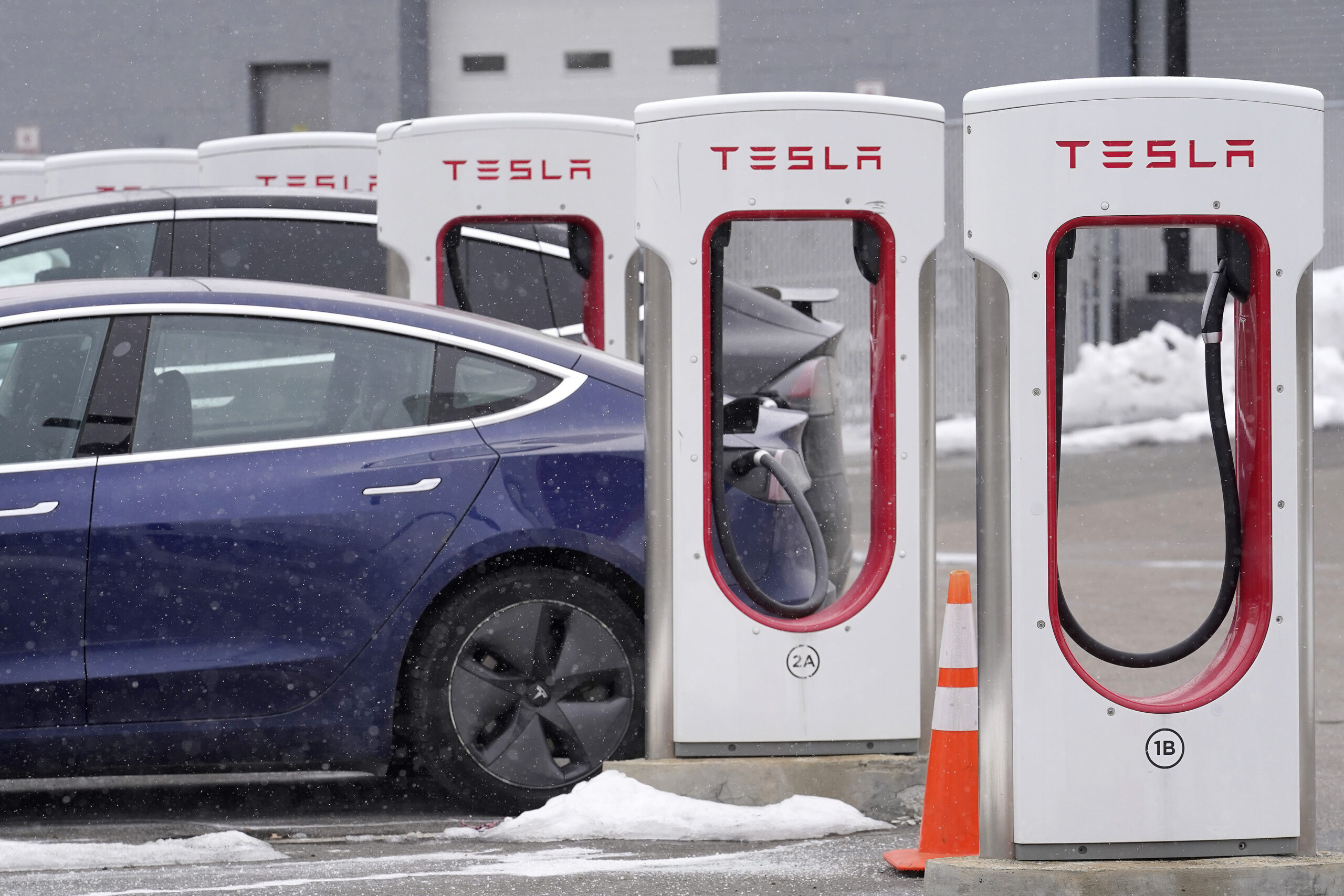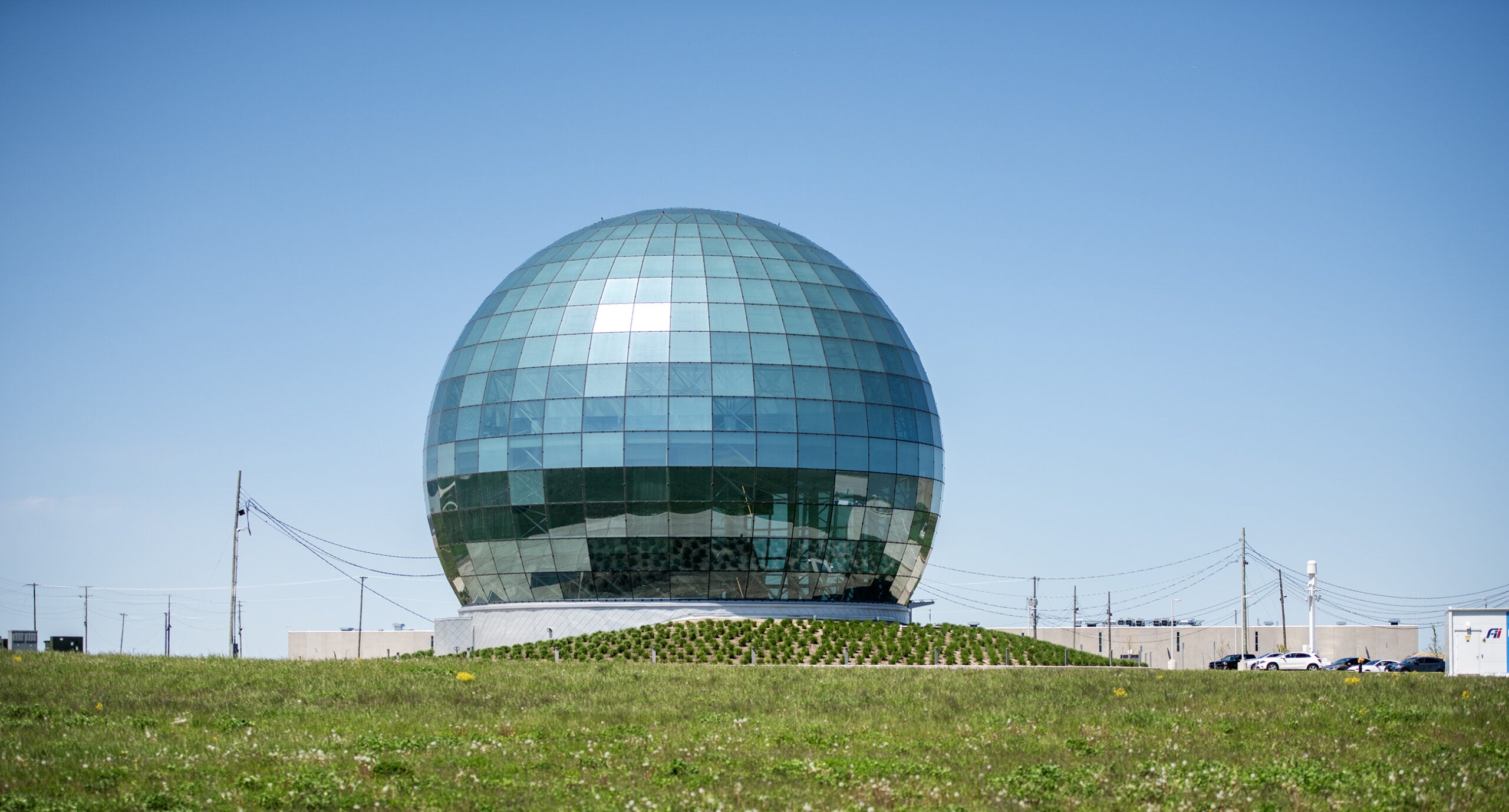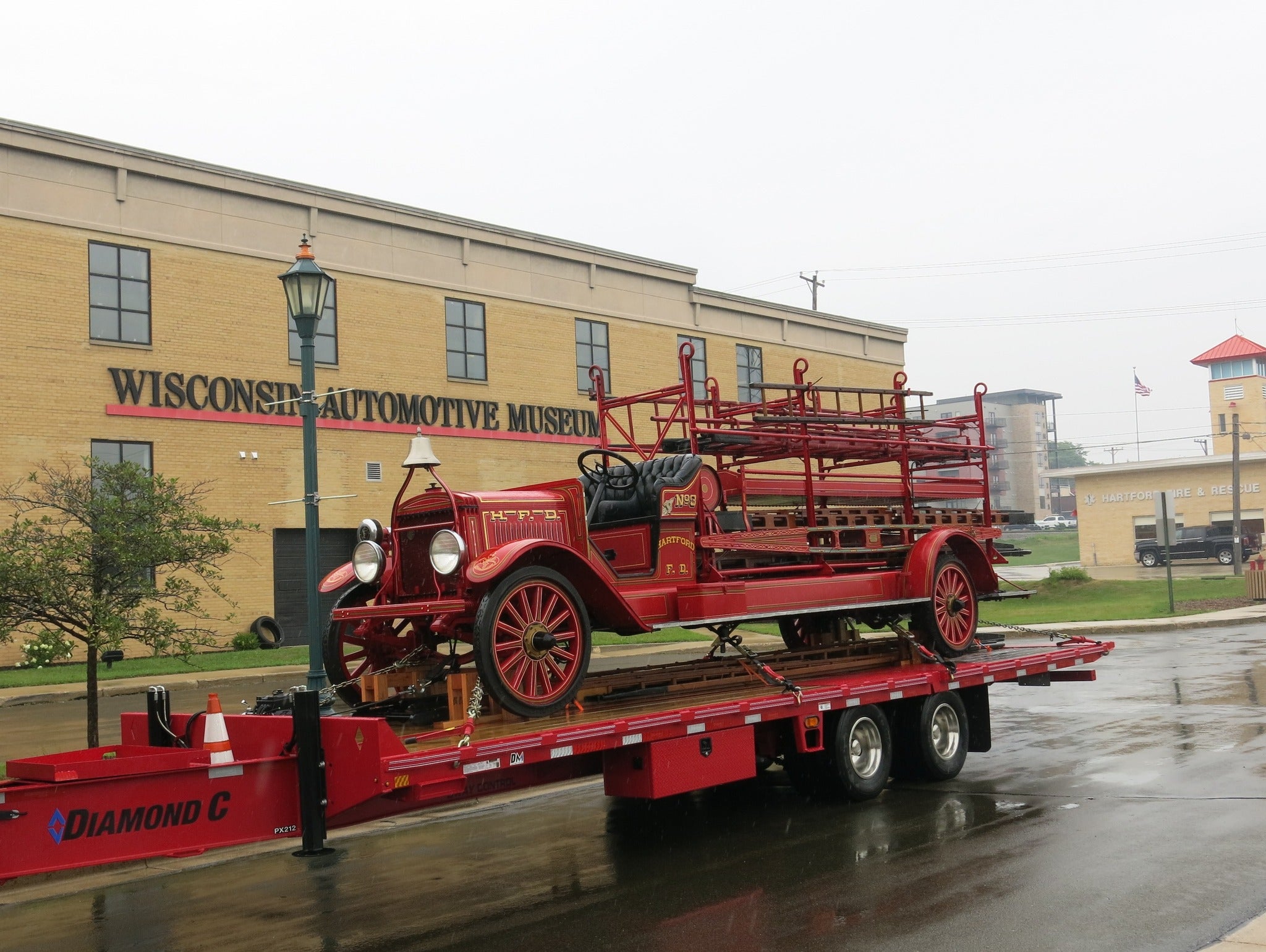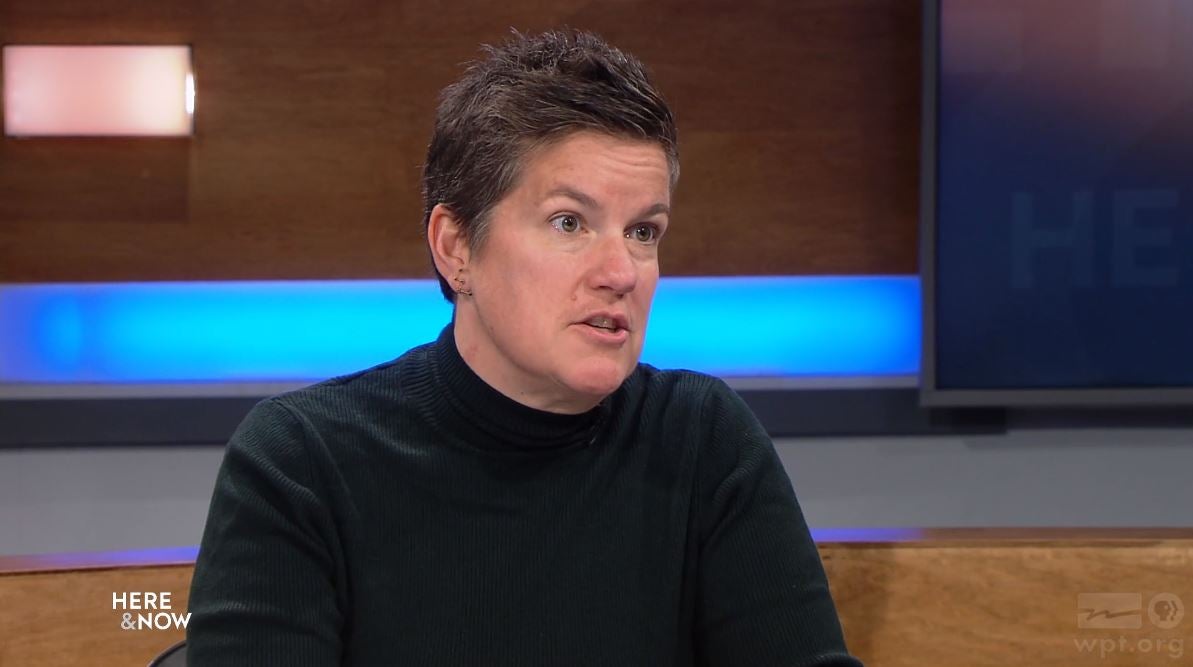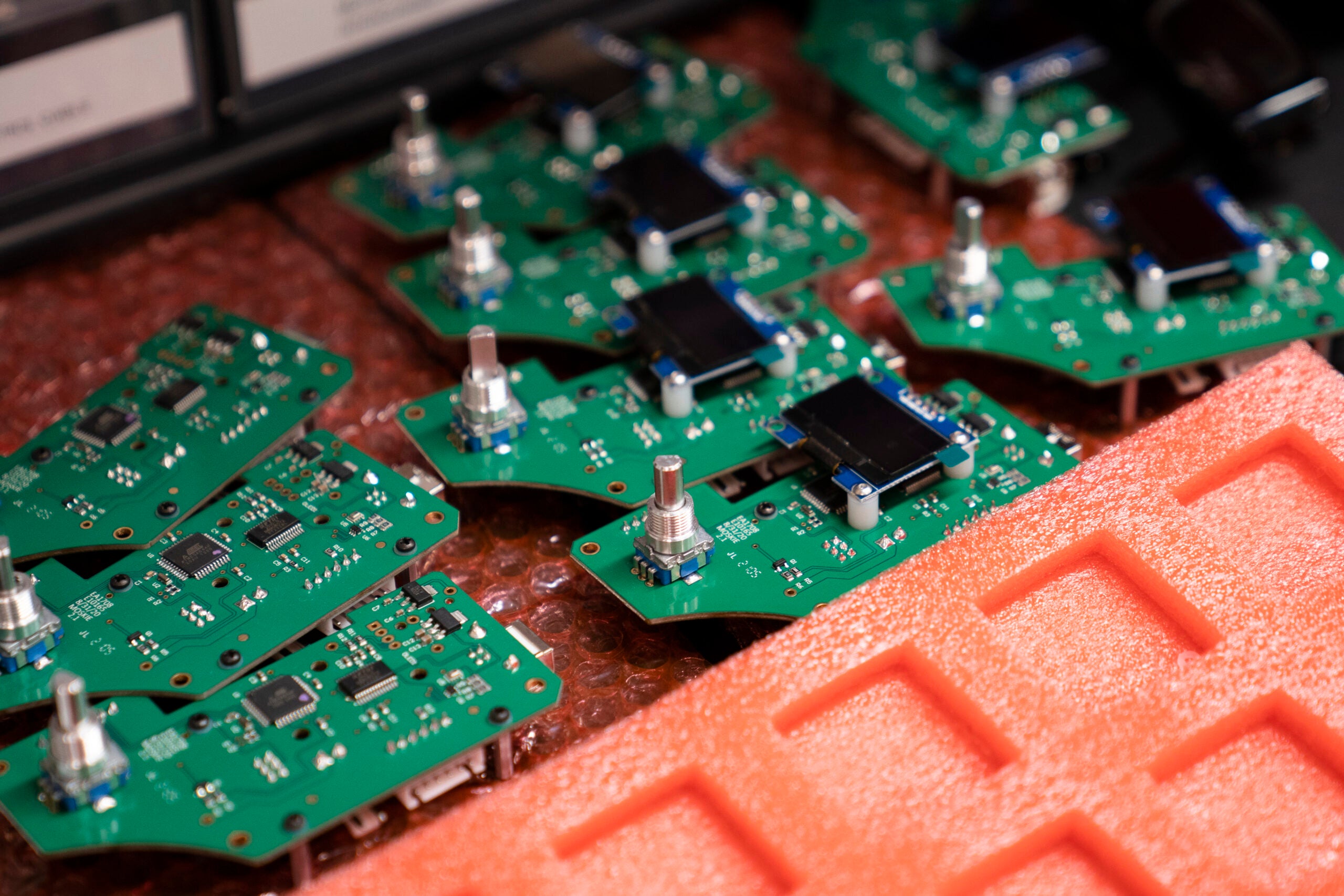Wisconsin has the potential to become a global hub for electric vehicle production, according to a new report.
But the report from the Wisconsin Economic Development Corp., or WEDC, found the state needs to address a number of challenges, including “below-average productivity” and skilled worker shortages, to make the transition.
Ann Franz, executive director of the Northeast Wisconsin Manufacturing Alliance, said the state’s workforce is “talented enough” to shift and build the components needed for electric vehicles. But more workers are needed.
News with a little more humanity
WPR’s “Wisconsin Today” newsletter keeps you connected to the state you love without feeling overwhelmed. No paywall. No agenda. No corporate filter.
“We definitely need more people to go into the manufacturing sector,” Franz said. “Companies are looking at productivity gains in order to meet the demand.”
The automotive manufacturing sector currently employs about 92,500 people across the state, but training the workforce is important for such a labor-intensive industry vulnerable to worker shortages, the report found.
The authors recommend investing in worker training with the state’s technical colleges and increasing collaboration between government, academia and industry. Other suggestions include building connections between entrepreneurs and investors, working with other Midwestern states on infrastructure and manufacturing development.
Wisconsin Public Radio previously reported that electric cars represent fewer than 1 percent of the more than 6.1 million vehicles in Wisconsin. But that number is growing. The state registered 13,893 electric vehicles last year — an increase of more than 53 percent from 2021. Nationally, electric vehicles made up nearly 6 percent of new car sales last year. President Joe Biden has set a goal for them to make up half of all new car sales by the end of the decade.
WEDC Secretary and CEO Missy Hughes said easing the transition to electric vehicle production is key for the state to stay competitive.
“We’re not asking Wisconsin manufacturers to go to outer space and create a new market. U.S. manufacturers are already requiring these parts, and they’re gonna go someplace for them. So why not Wisconsin?” she said.
The report found rural economies and manufacturers in southwest Wisconsin are more vulnerable to disruption from the transition to electric vehicles.
But Hughes said some work is already being done. And in October 2021, the state received $1 million for planning related to the electric vehicle industry. That money is being used by WEDC to help Wisconsin businesses adapt.
Overall, employment gains in Wisconsin’s automotive industry have been modest, rising by about 8 percent from 2010 to 2021, the report found. And more than half of automotive suppliers are located in the Milwaukee area.
In Wisconsin, 59 percent of the automotive workforce is employed in upstream industries — such as plastics product manufacturing and metal fabrication — that are less vulnerable to supply chain disruptions, the report found.
Hughes said as she’s traveled the state, she’s seen how businesses are both focused on the traditional business of making components for internal combustion engines in cars while also pivoting to the new energy economy with electric vehicles.
“That’s where I see our businesses really encountering something where they can use some help is, ‘How do I make sure I’m making enough for my traditional market but also seizing the opportunity of this new market?’” she said.
Hughes said one challenge is ensuring small and medium-size manufacturers have access to capital and resources.
“When it comes to this question of sustainability and climate change, I really look at it from the perspective of this new energy economy is coming,” Hughes said. “This opportunity is coming to Wisconsin, and it’s incumbent on us to take advantage of it.”
Editor’s Note: WPR’s Joe Schulz contributed to this report.
Wisconsin Public Radio, © Copyright 2025, Board of Regents of the University of Wisconsin System and Wisconsin Educational Communications Board.

